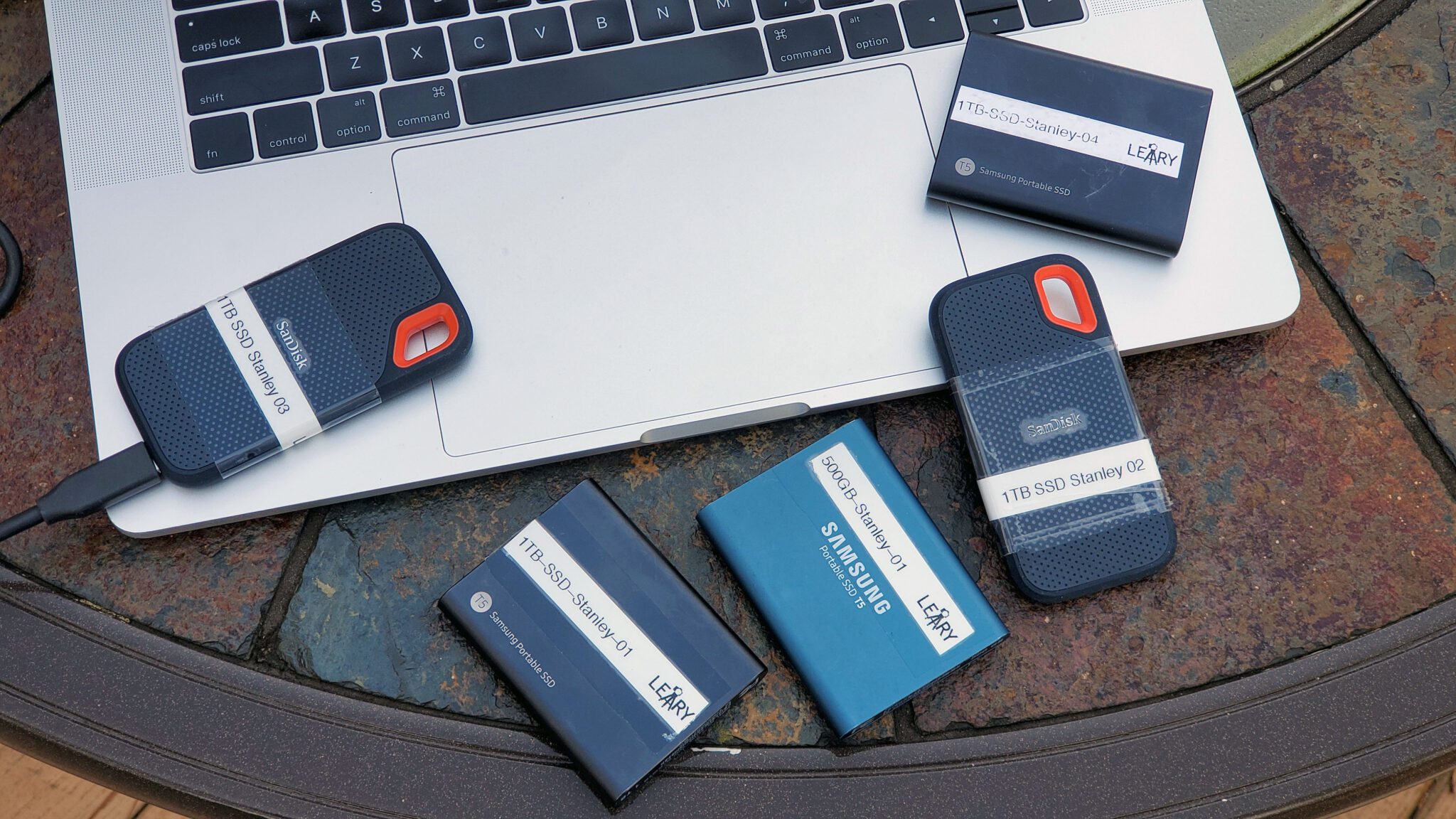The severe weather warning sirens in my town have been going off more and more lately due to tornadoes. But this isn’t what prompted me to write about the importance of backing up your computer.
One of the students I taught in Hawaii packed her computer and backup drive in the same bag; of course, this is the bag the airline lost when she flew home. As a result, she lost everything she had worked on at school.
My cousin works for a large furniture store. They dutifully backed up all their computers; however, they kept the backups in the same store as the computers. Unfortunately, the store burned to the ground one night, and they lost all their computers and backups.
I am not even going to go into my losses through the years.
Tornadoes, computer crashes, lost luggage, burglars, floods — there are a lot of things that can make our important files and photos vanish. So I’d like to discuss planning a system for backing up our computer files.
My Backup System
First, I prefer a permanent backup of essential files to CDs/DVDs. It is a more stable solution than a hard drive. Hard drives fail more often than CDs/DVDs.
I make two copies of these backup CDs/DVDs and put them in different locations. I keep one backup with me where I can get to it in a hurry if my computer fails, but I put the other copy in a safety deposit box or at a friend’s house.
Second, I have an external hard drive and make regular backups. Most external drives come with software designed to help you make backups.
I use this external hard drive to mirror — completely duplicate — my computer’s hard drive. When my computer dies, I only need to do a restore, which transfers everything to the new hard drive or a new computer.
Third, I bought yet another backup hard drive. Again, I labeled one A and the other B. I alternate backups between the two. I make sure these A and B drives are rotated, not just with the computer, but the location where I keep them (bank vault, neighbor, etc.)
Another option for backing up important files, like photographs, is an online backup. With a high-speed connection, you can take advantage of an online solution for a database. Your first backup takes the longest to complete. Only the changes to your hard drive from the last backup will change in the future. After I’ve gone to bed, I program my computer to do this at night. It takes longer than backing up to a hard drive connected to a laptop, but it is off-site and one more place to keep your data. One such provider is Carbonite, which only $49.95 a year for unlimited storage.
I stay away from tape backup systems. The computer department where I used to work decided to use a tape system to back up their image library. The system corrupted the files after five years of inputting data. After rescanning all the images and adding four more years of pictures, as far as I know, they never recovered the photos from those nine years.
You Need More Than One Safe Place
President John F. Kennedy’s photographer Jacques Lowe’s estate archived all their images in a safe deposit box housed in the vaults at 5 World Trade Center next to the Twin Towers.
I ensure my images and other important files are stored in more than one location.
Now, when I hear a weather alert, I’ve got one less thing to worry about.

